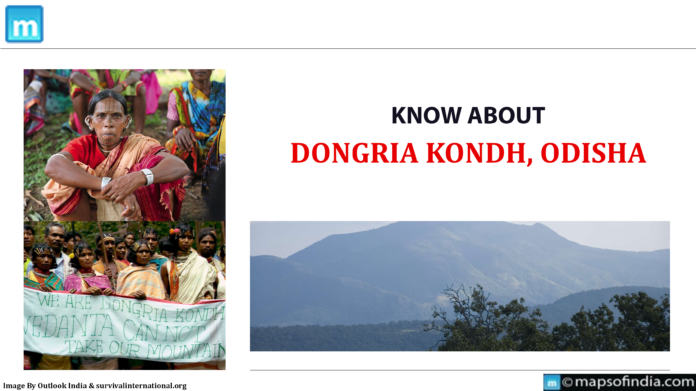The Dongria Kondh, an indigenous tribe residing in the Niyamgiri Hills of Odisha, India, has carved a unique story in history. Their deep connection to nature, rich cultural heritage, and unwavering resistance against threats to their land have made them a symbol of resilience and environmental consciousness. Let’s delve into the world of the Dongria Kondh, exploring their history, significance, and vibrant culture.
A Legacy Rooted in the Mountains
The Dongria Kondh, meaning “hill people” in their language, trace their ancestry back millennia. Their oral tradition speaks of their arrival in the Niyamgiri Hills, a sacred range they consider the source of life where their deity, Niyamraja, resides. Their history is interwoven with the land they inhabit, reflecting a deep understanding of sustainable practices and a harmonious relationship with nature.
Significance: A Tribe that Stands Tall
The Dongria Kondh holds immense significance on various levels.
- Environmental Guardians: Their traditional slash-and-burn agriculture, known as “dongar chasi,” minimizes environmental impact and maintains the delicate balance of the Niyamgiri ecosystem. They act as biodiversity custodians, protecting the region’s rich flora and fauna.
- Cultural Heritage Keepers: Their vibrant culture, expressed through intricate beadwork, colorful textiles, and lively dance forms, offers a glimpse into India’s rich tribal heritage. Their oral traditions, songs, and stories preserve ancient knowledge and wisdom.
- Symbols of Resistance: The Dongria Kondh gained international recognition for their successful fight against Vedanta Resources, a mining giant seeking to exploit bauxite reserves in their sacred Niyamgiri Hills. This historic victory, achieved through peaceful protests and legal battles, set a precedent for indigenous communities worldwide fighting for their land rights and environmental protection.
A Tapestry of Culture Woven with Nature
The Dongria Kondh culture is deeply intertwined with their respect for nature and belief system. Here are some key aspects:
- Niyamraja and the Natural World: Their supreme deity, Niyamraja, embodies the spirit of the Niyamgiri Hills and all living beings. Rituals, festivals, and offerings express their reverence for nature and its resources.
- Gender Roles and Community Life: The Dongria Kondh society exhibits a relatively equal power distribution between men and women. Women play vital roles in agriculture, weaving, and decision-making. Communal living fosters a strong sense of unity and cooperation.
- Art and Expression: Their vibrant textiles, adorned with geometric patterns and depictions of deities and nature, showcase their artistic talent and cultural identity. Dance and music are crucial in rituals, celebrations, and storytelling.
The Dongria Kondh conveys resilience, cultural richness, and a deep connection to nature. By understanding their history, significance, and challenges, we can join hands in supporting their journey and ensuring their unique legacy continues inspiring generations.




